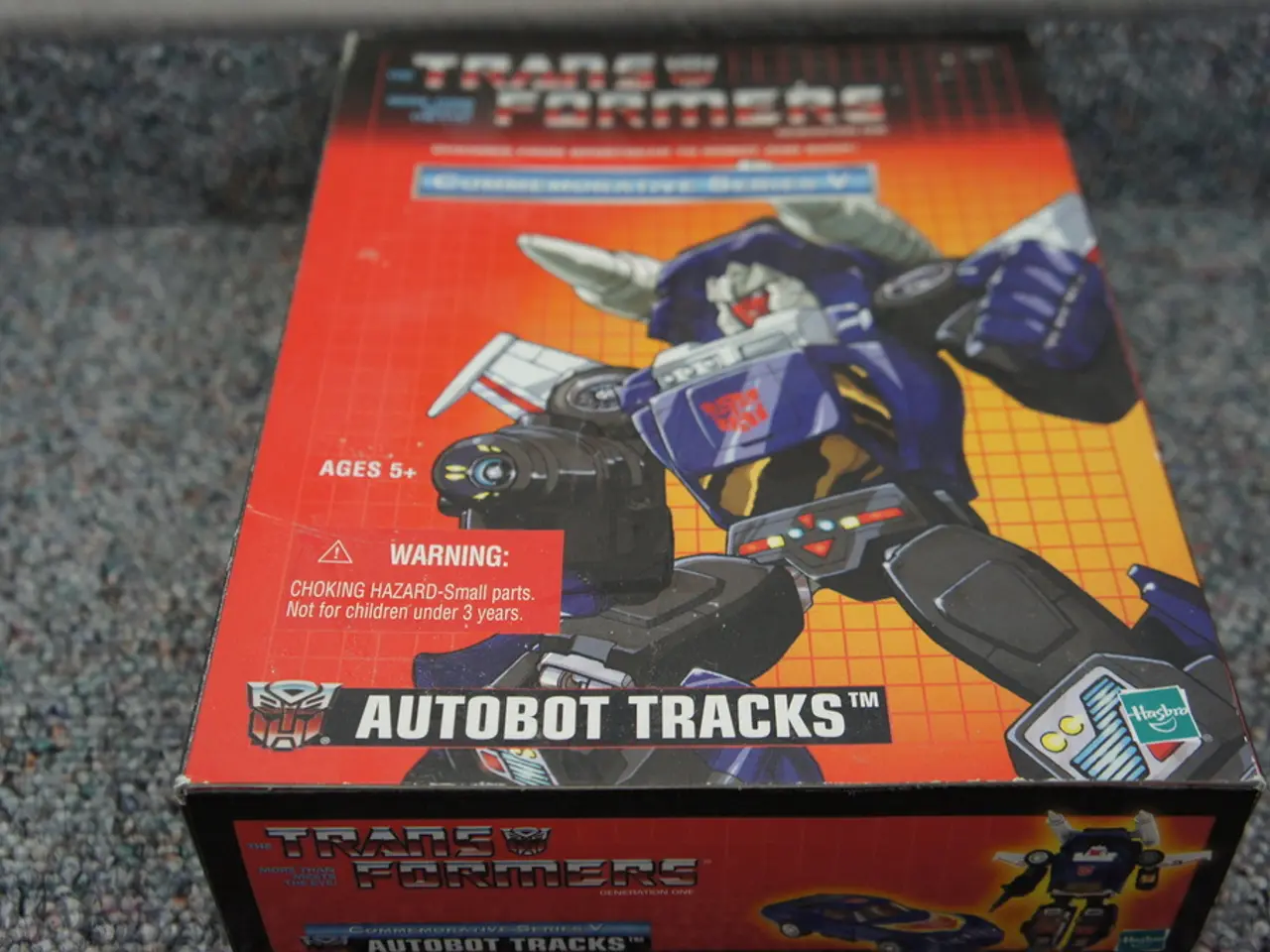AI-Powered Inspection vs Traditional Machine Vision: The Reason Manufacturers are Shifting for Quality Assurance
In the rapidly evolving world of technology, Artificial Intelligence (AI) is making significant strides in various industries, and manufacturing is no exception. Modern AI systems are transforming the landscape of machine vision, offering numerous advantages over traditional methods.
## Hardware Requirements
Traditional machine vision systems rely heavily on carefully calibrated hardware, such as high-accuracy cameras, precise lighting, and sometimes specialized optics, to ensure rule-based algorithms function as intended. In contrast, modern AI systems can operate robustly with less specialized hardware, often utilizing edge computing devices for real-time inference, thereby reducing both cost and complexity.
## Programming
Programming traditional machine vision systems requires manual programming of static rules and thresholds for each new product or scenario, which is time-consuming and requires specialized expertise. Modern AI systems, on the other hand, use machine learning models that "learn" from data, reducing the need for explicit rule programming.
## Handling Product Variations
Traditional machine vision systems struggle with natural variations in materials, orientation, texture, or appearance, often requiring reprogramming for even minor product changes. Modern AI systems adapt to product variations automatically by learning from a diverse dataset, making them robust against changes in shape, color, surface texture, and more.
## Adapting to Environmental Changes
Traditional machine vision systems are tuned for specific lighting and environmental conditions; changes require manual recalibration. Modern AI systems learn from data to be robust against variations in lighting, shadows, and background noise, reducing false positives and unnecessary rejects.
## Agile Manufacturing
Traditional machine vision systems are inflexible and difficult to scale across product lines or adapt to rapid changes in production requirements. Modern AI systems, however, are highly scalable and flexible, enabling quick deployment across new product lines and supporting rapid reconfiguration for agile manufacturing environments.
## Retraining and Maintenance
Retraining traditional machine vision systems for new products or environments requires significant downtime and expertise, while maintenance is labor-intensive. Modern AI systems, on the other hand, can be retrained on new image datasets quickly, often with automated or semi-automated pipelines, reducing downtime and easing ongoing maintenance.
In summary, modern AI systems are increasingly the preferred solution for quality control and vision inspection in manufacturing due to their adaptability, reduced hardware demands, and minimal programming overhead. However, for highly specialized or metrology-based tasks, traditional setups may still be necessary.
Modern AI systems can perform complex computations in a fraction of the time compared to traditional methods. They also boast plug-and-play interfaces, make decisions autonomously based on data analysis, and can predict equipment failures and maintenance requirements. Moreover, they can analyze and interpret visual data with high accuracy, paving the way for a more efficient and agile manufacturing future.
[1] "The Future of Machine Vision: AI and Deep Learning." ABB Robotics, 2020. [2] "AI in Manufacturing: A Comprehensive Guide." Deloitte Insights, 2021. [3] "AI in Manufacturing: Challenges and Opportunities." McKinsey & Company, 2018.
In the realm of manufacturing and finance, the integration of AI technology can lead to substantial cost savings and operational efficiencies, as modern AI systems demand less specialized hardware and allow for real-time inference through edge computing devices. Furthermore, AI systems' capability to adapt to product variations and environmental changes, coupled with their autonomous decision-making and predictive maintenance features, underscores their potential to revolutionize the manufacturing industry, fostering an increasingly agile and efficient production environment.




